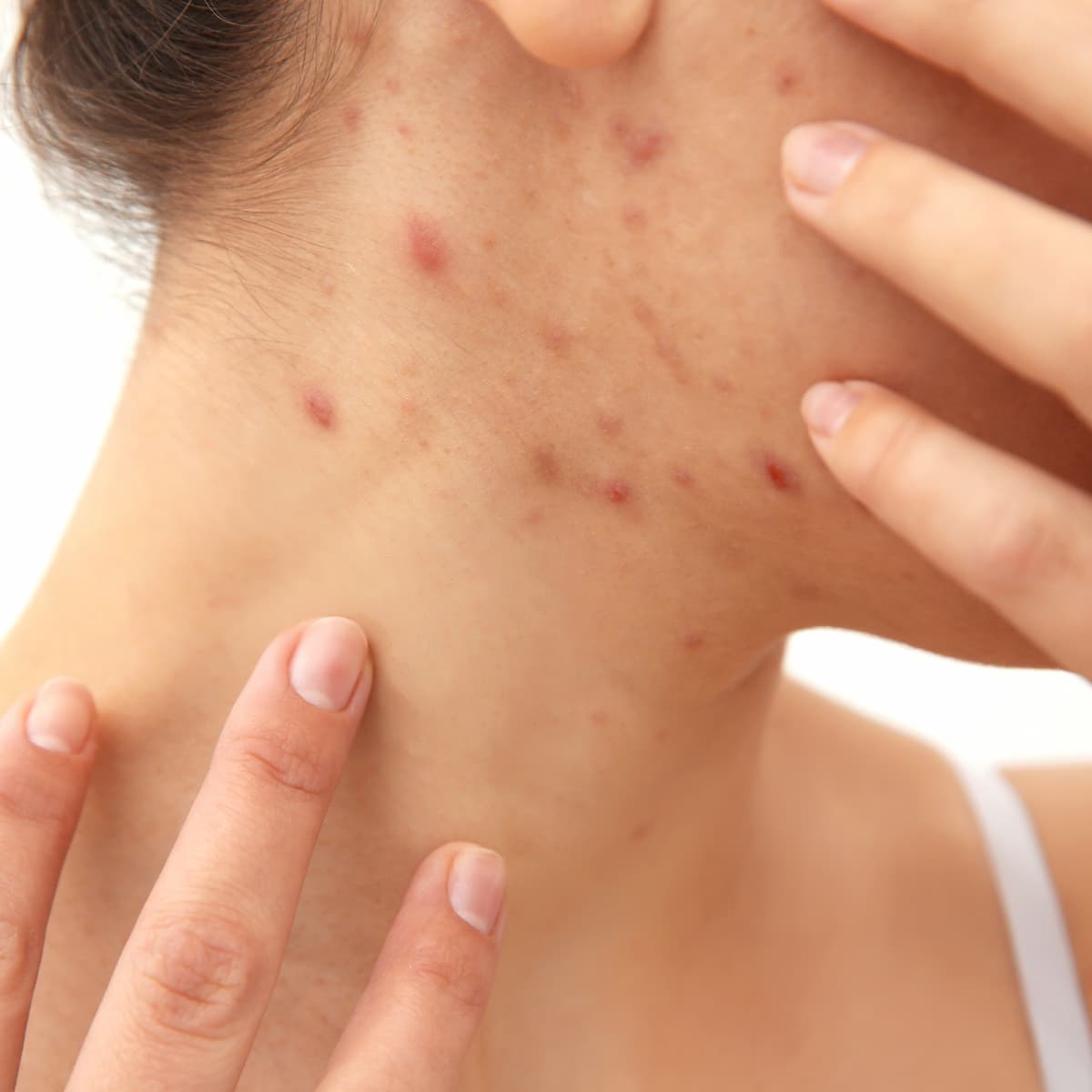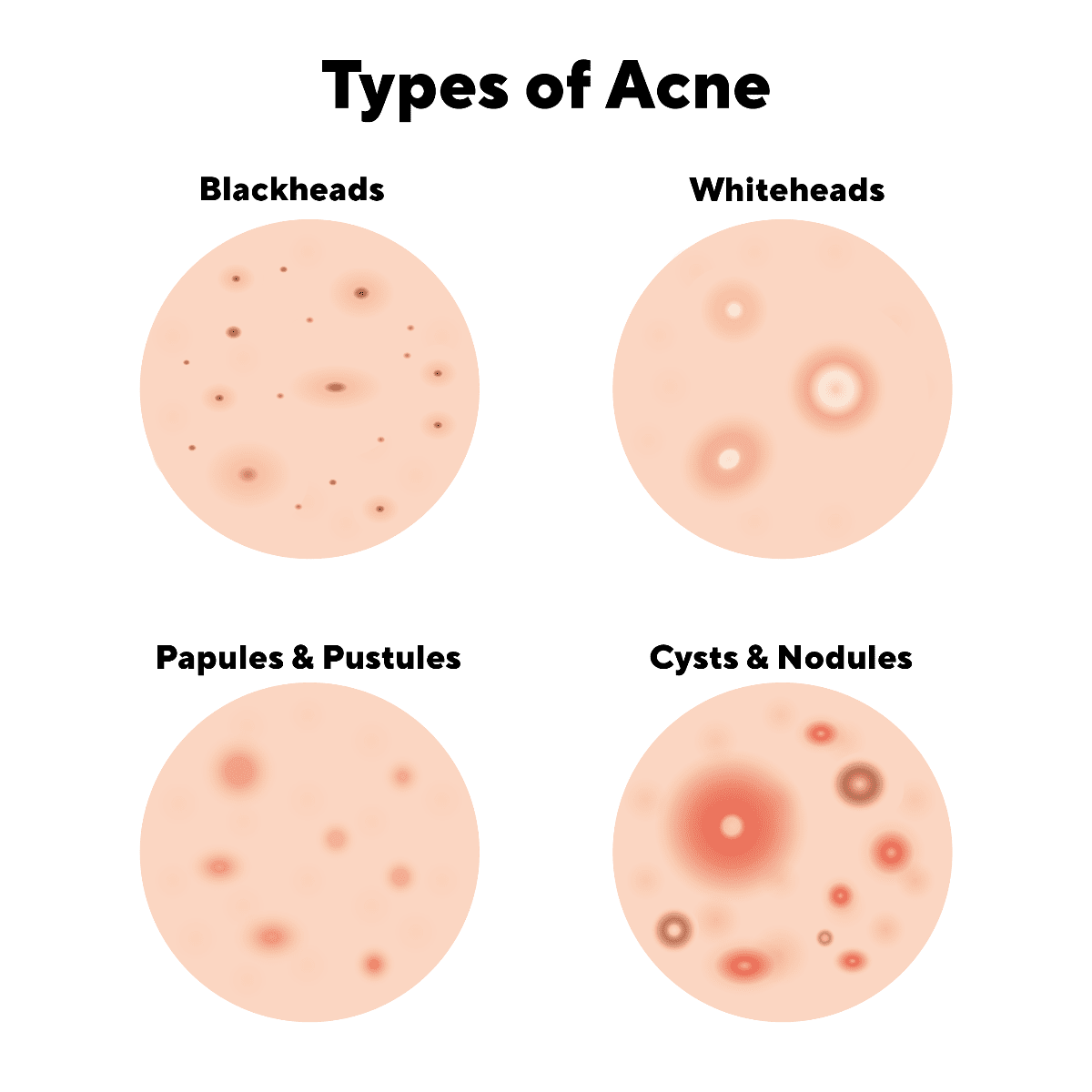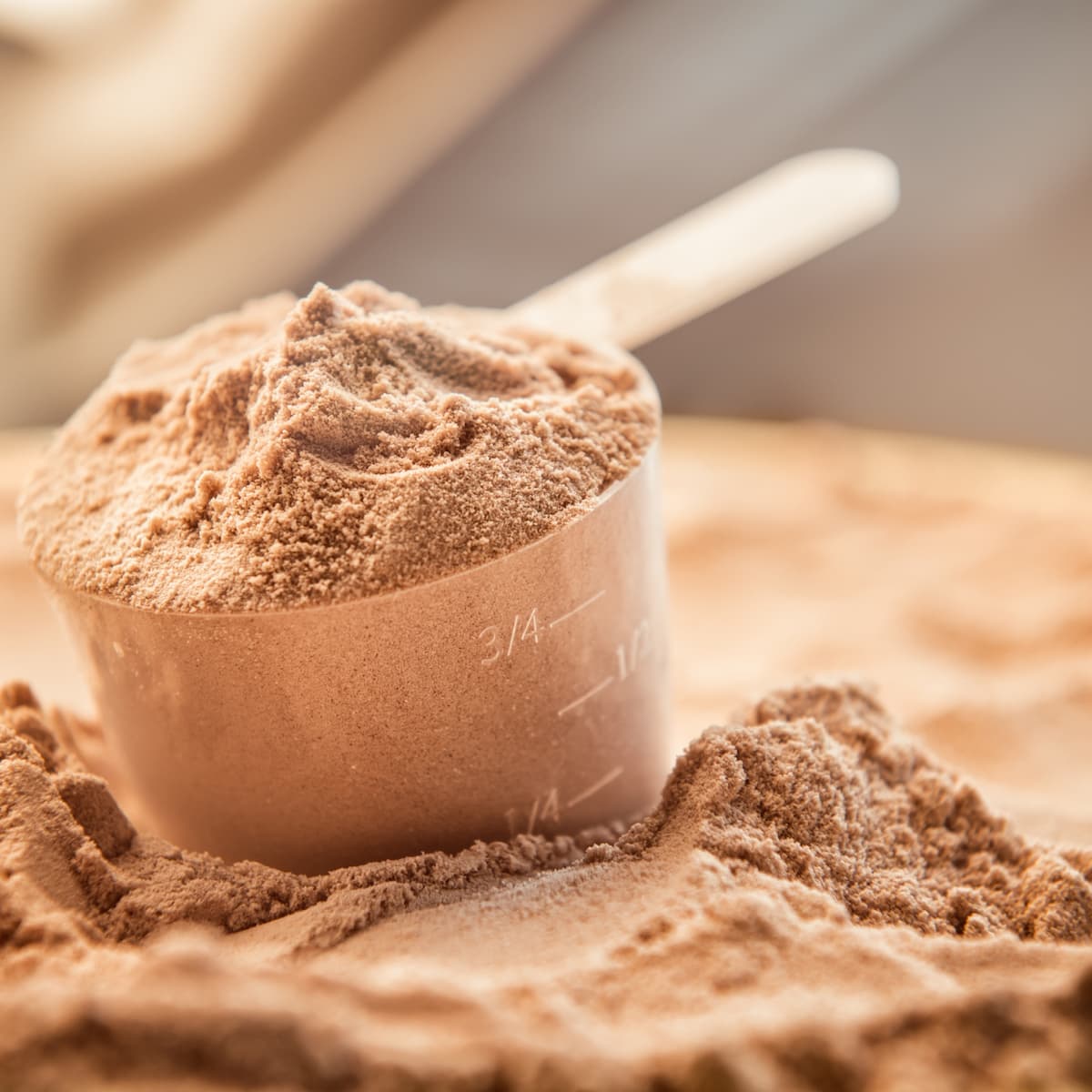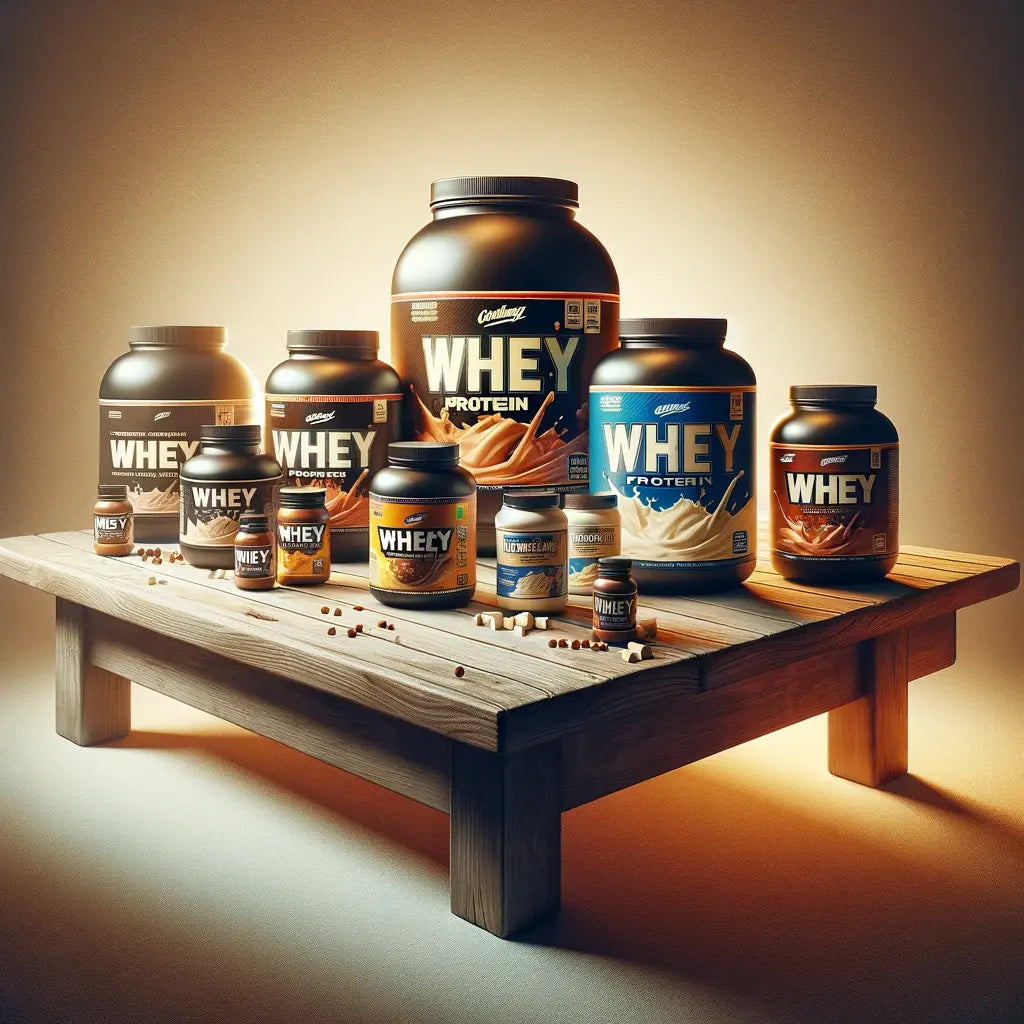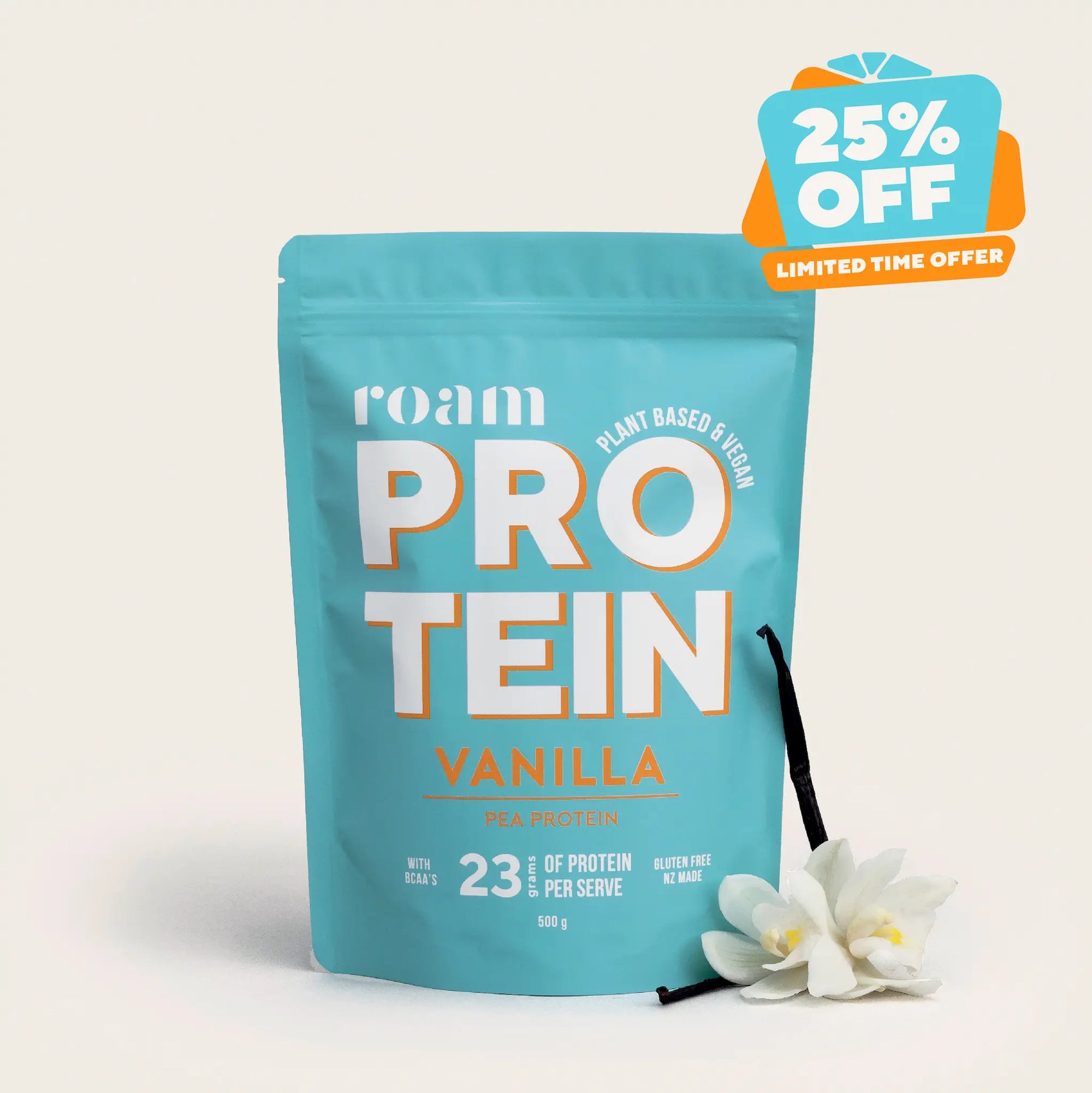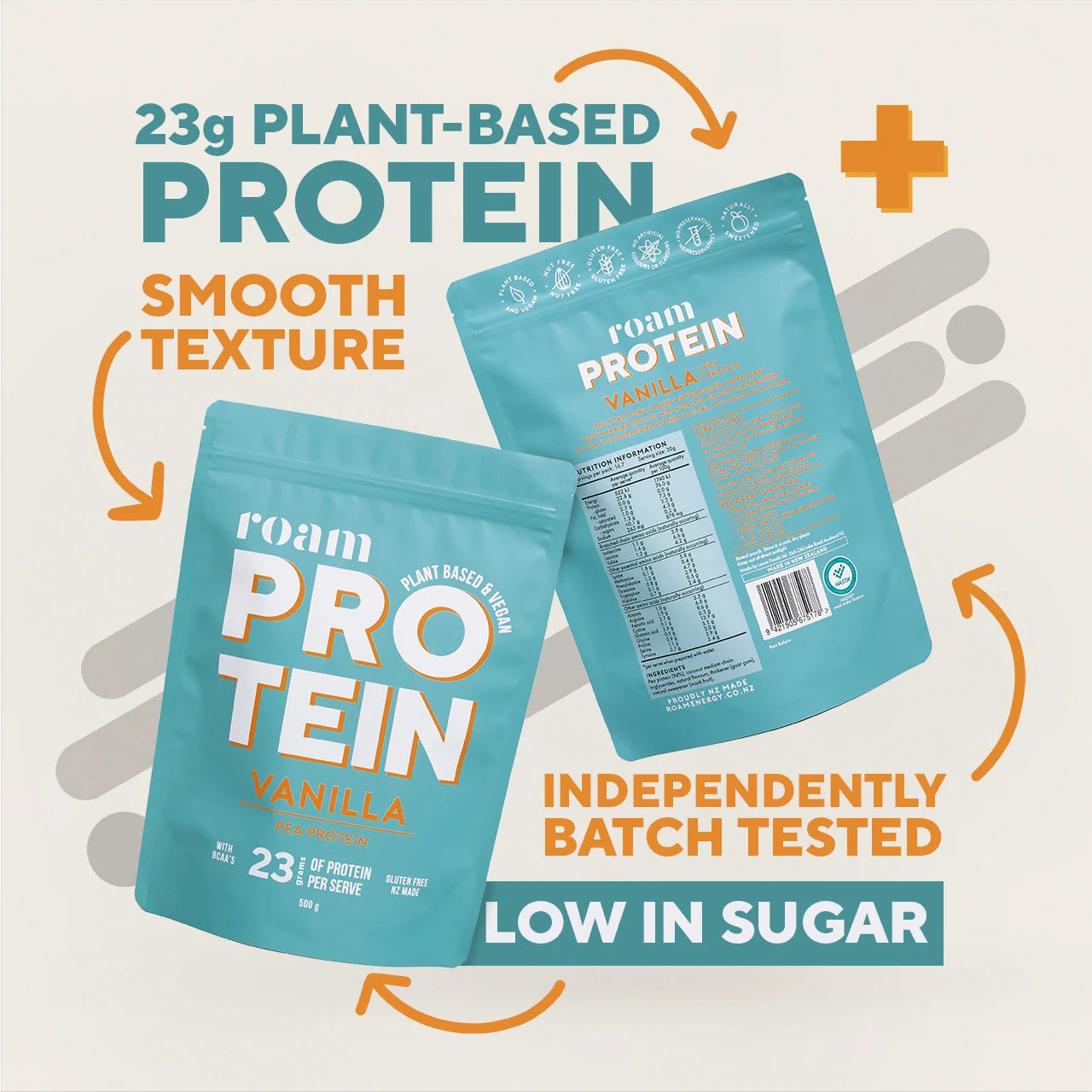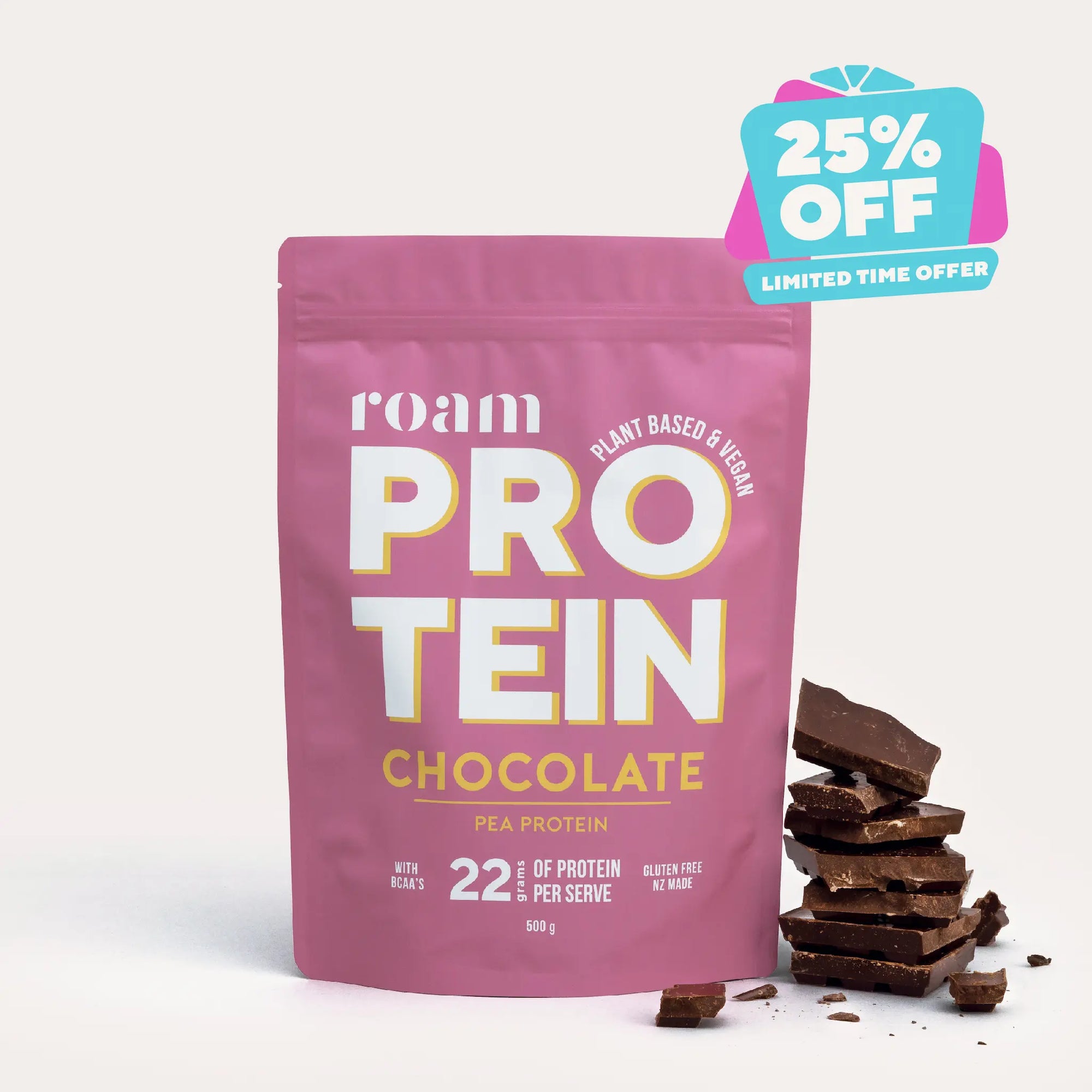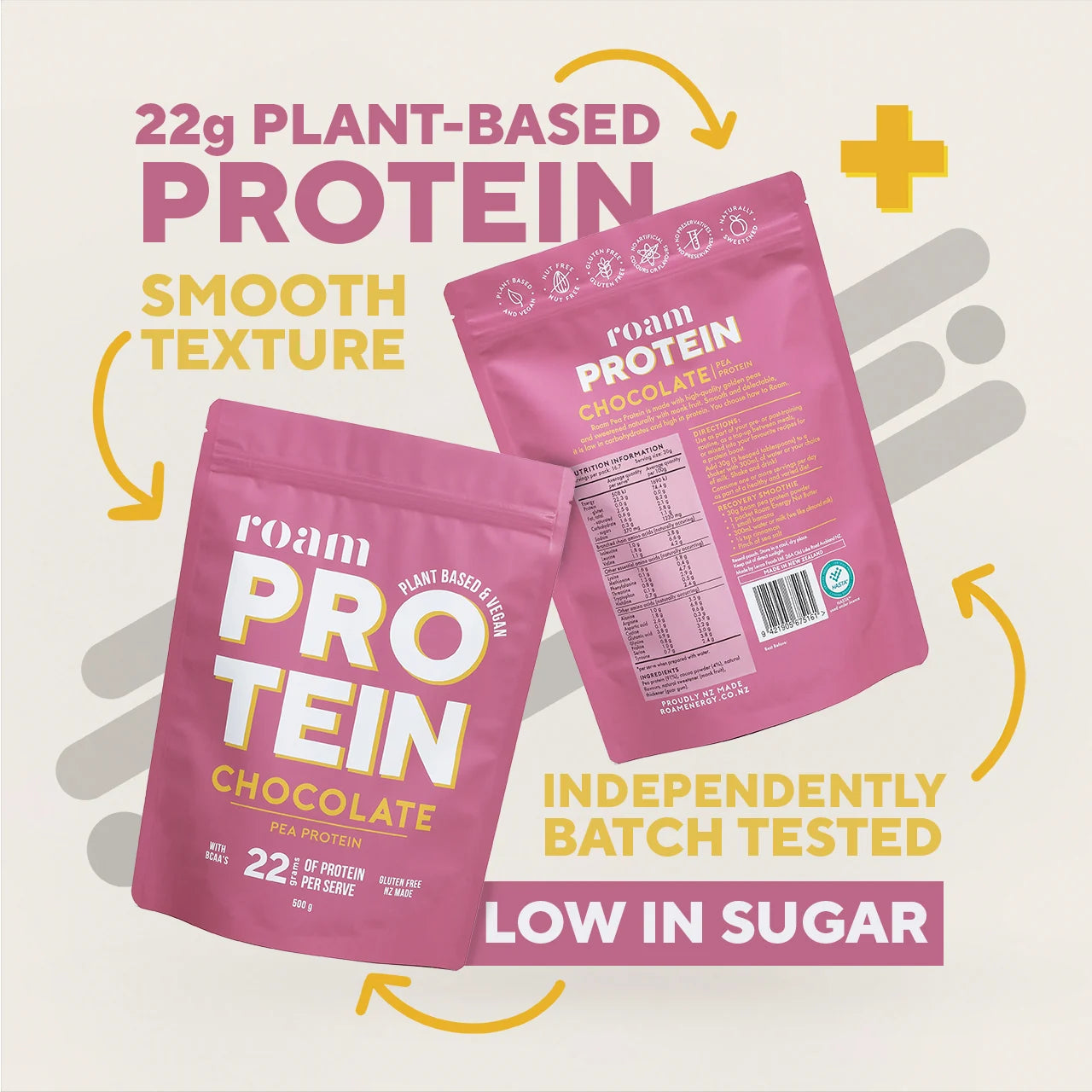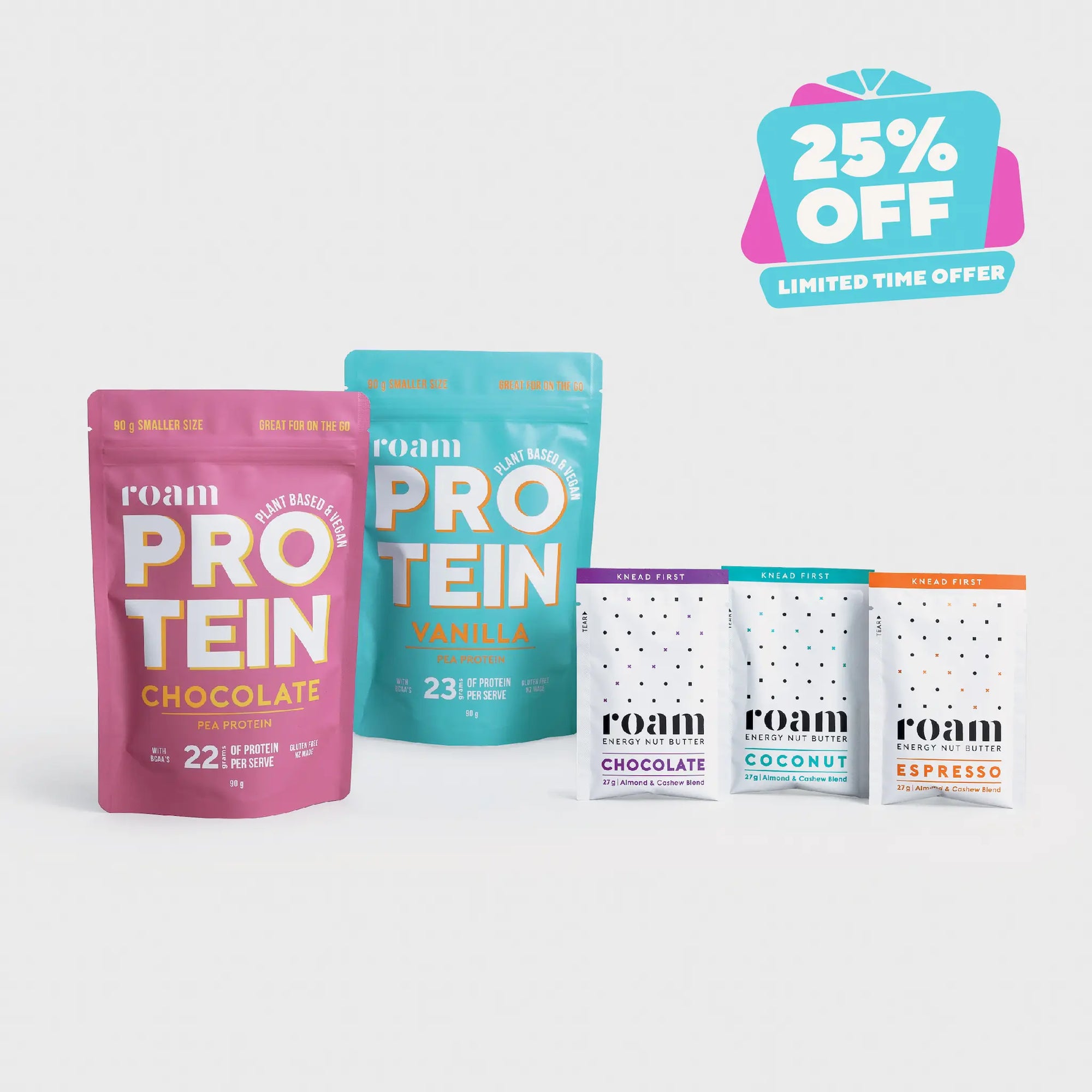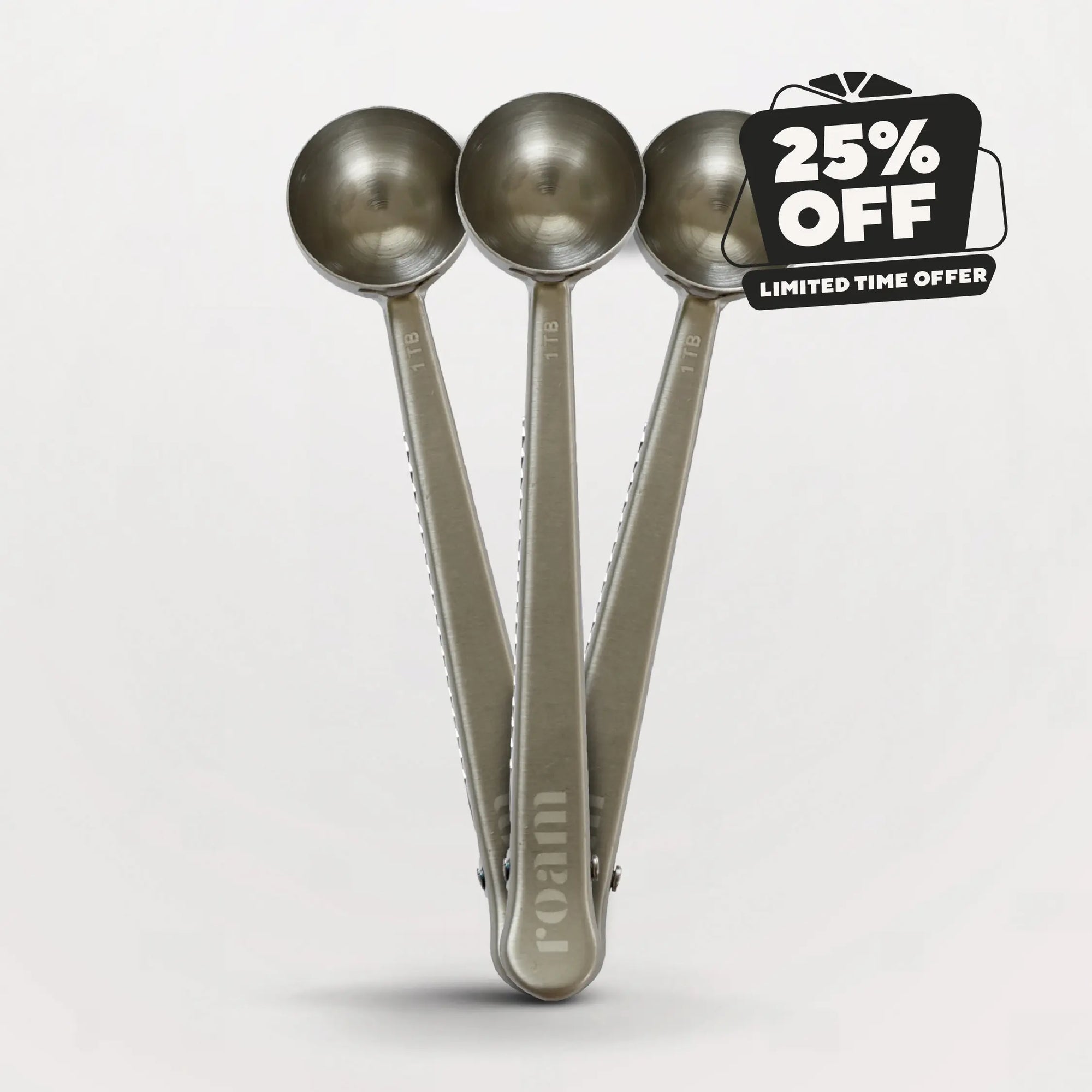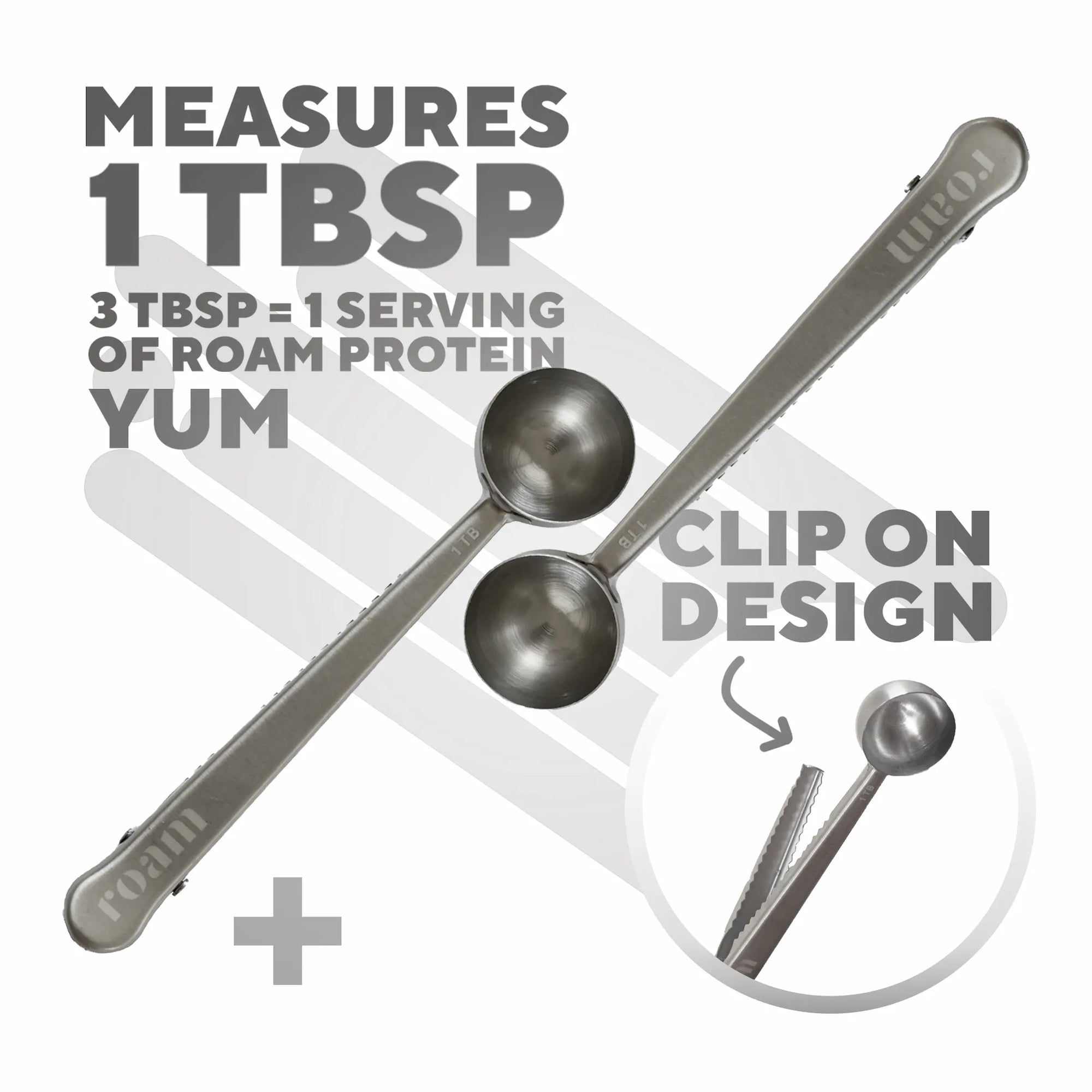Katta, Rajani, and Samir P Desai. “Diet and dermatology: the role of dietary intervention in skin disease.” The Journal of clinical and aesthetic dermatology vol. 7,7 (2014): 46-51.
Pontes, Thaís de Carvalho et al. “Incidence of acne vulgaris in young adult users of protein-calorie supplements in the city of João Pessoa--PB.” Anais brasileiros de dermatologia vol. 88,6 (2013): 907 12. doi:10.1590/abd1806 4841.20132024
Silverberg, Nanette B. “Whey protein precipitating moderate to severe acne flares in 5 teenaged athletes.” Cutis vol. 90,2 (2012): 70-2.
Simonart, Thierry. “Acne and whey protein supplementation among bodybuilders.” Dermatology (Basel, Switzerland) vol. 225,3 (2012): 256 8. doi:10.1159/000345102
Penso, Laetitia et al. “Association Between Adult Acne and Dietary Behaviors: Findings From the NutriNet-Santé Prospective Cohort Study.” JAMA dermatology vol. 156,8 (2020): 854-862. doi:10.1001/jamadermatol.2020.1602

